Window grids and grille styles are essential elements that can greatly enhance the aesthetic appeal of your home. With a variety of options available, understanding the different types and their benefits can help you make an informed decision. Explore this comprehensive guide to window grids and grille styles to discover the perfect fit for your windows.
Different Types of Grilles and Grid Styles
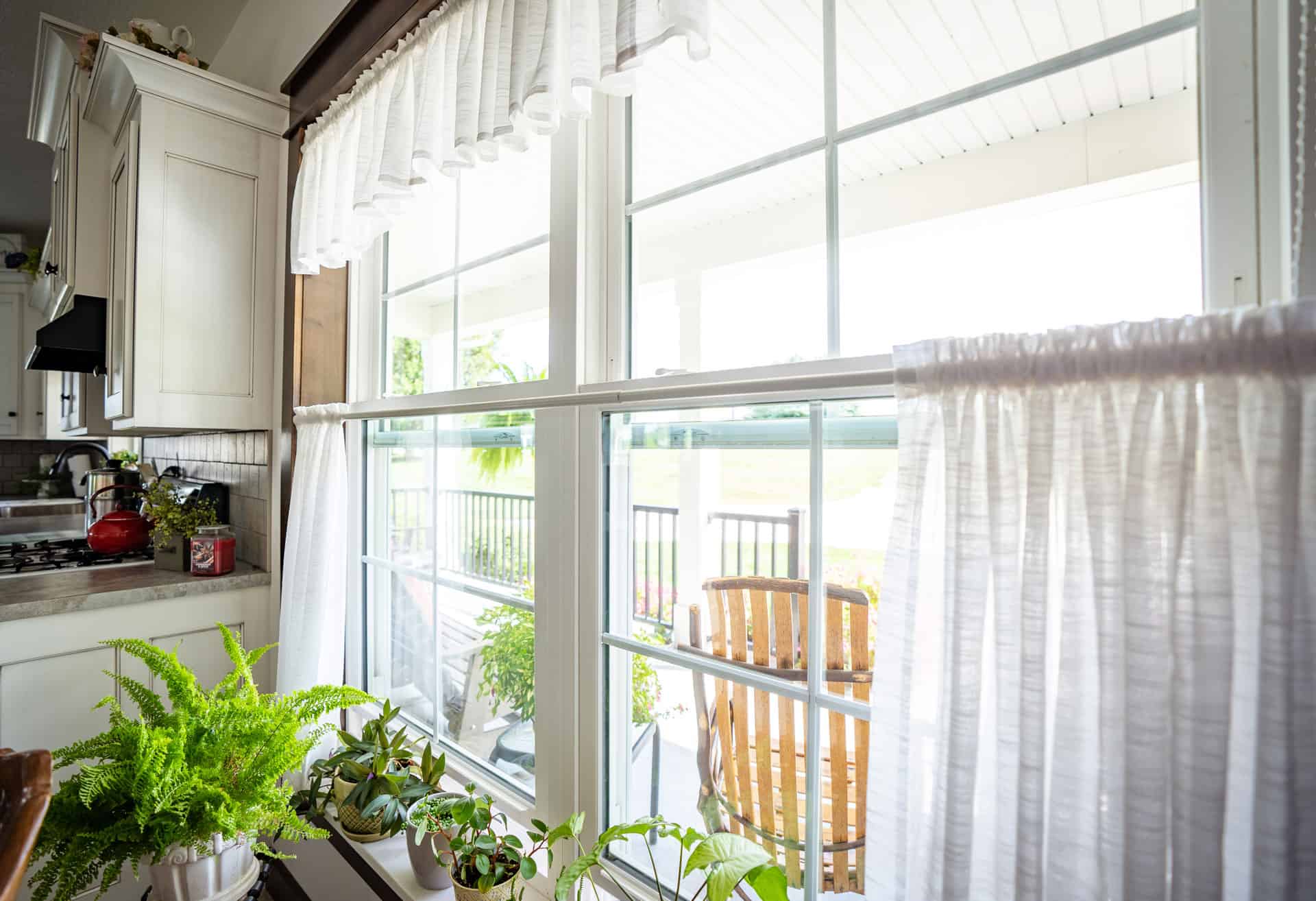
When it comes to window grids and grille styles, there are a variety of options to choose from. These options can greatly enhance the aesthetics and design of your windows, while also providing functional benefits. Some popular grille styles include symmetrical grids, muntin-style grids, and prairie school grids.
Symmetrical grids are characterized by their balanced and equal-sized rectangles or squares. They are commonly found in traditional and Victorian architecture, adding a classic touch to your windows. Muntin-style grids, on the other hand, feature horizontal and vertical bars that divide the window into smaller panes. This style is often seen in sash windows and bungalow homes.
If you’re looking for a more modern and minimalist look, prairie school grids may be the right choice for you. These grids typically feature horizontal lines and rectangular shapes, inspired by the Arts and Crafts movement. They offer a sleek and clean design that complements contemporary architectural styles.
In terms of materials, grids can be made from various options such as metal, wood, aluminum, and fiberglass. Each material has its own advantages, so it’s important to consider factors like durability, maintenance, and energy efficiency when making your decision.
When selecting a grille style, consider the overall architectural style of your home and your personal preferences. You can also explore options like stained glass accents, ogee-shaped grids, and diamond patterns to add a unique touch to your windows.
Integrating Grids with Home Architecture
When selecting grid styles, consider the symmetry or asymmetry of your home’s design. For symmetrical homes, choose grids that mirror the overall shape of the windows, such as rectangular or diamond patterns. This will create a sense of balance and harmony. In contrast, asymmetrical homes can benefit from more unique grid designs, like ogee or arts and crafts patterns, to add visual interest.
The material of the grids is another important consideration. Metal grids can lend a modern and sleek look, while wood or fiberglass grids can bring warmth and traditional charm to your home. Additionally, the color of the grids should complement the window frames and overall color palette of your home.
When it comes to installation, follow manufacturer instructions to ensure proper fit and alignment. Grids can be attached using putty or adhesive, or they can be integrated into the window itself.
Removable Grilles for Flexible Design Choices
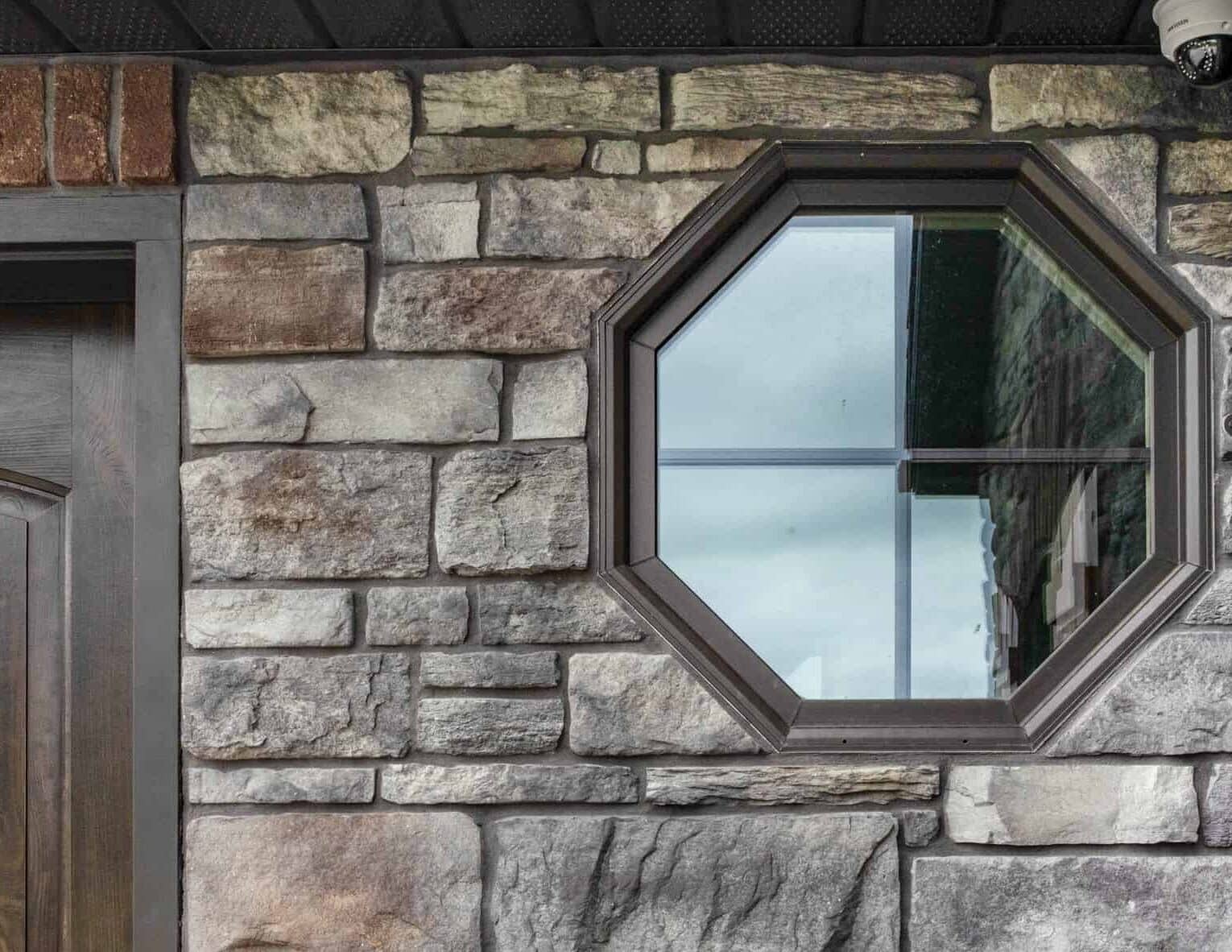
Removable grilles offer homeowners the flexibility to easily change the design of their windows. Whether you prefer a more traditional look or a modern aesthetic, these grilles allow you to customize your windows to suit your style.
With removable grilles, you can create a symmetrical or asymmetrical look, depending on your preference. They are compatible with various window types, including sash windows, casement windows, and awning windows.
If you live in a bungalow or a Victorian-style home, removable grilles can enhance the architectural style by adding a touch of elegance. They can also complement other decorative elements such as stained glass or crown molding.
Efficient energy use is another benefit of removable grilles. They provide an additional layer of insulation, helping to keep your home warm in the winter and cool in the summer. This can lead to energy savings and a more comfortable living space.
When it comes to installation, simply use a putty knife to remove the grilles whenever you want to change the design. They can be easily cleaned and maintained, and the space between the glass and the grille can be easily accessed for cleaning purposes.
Historical and Modern Trends in Grid Design
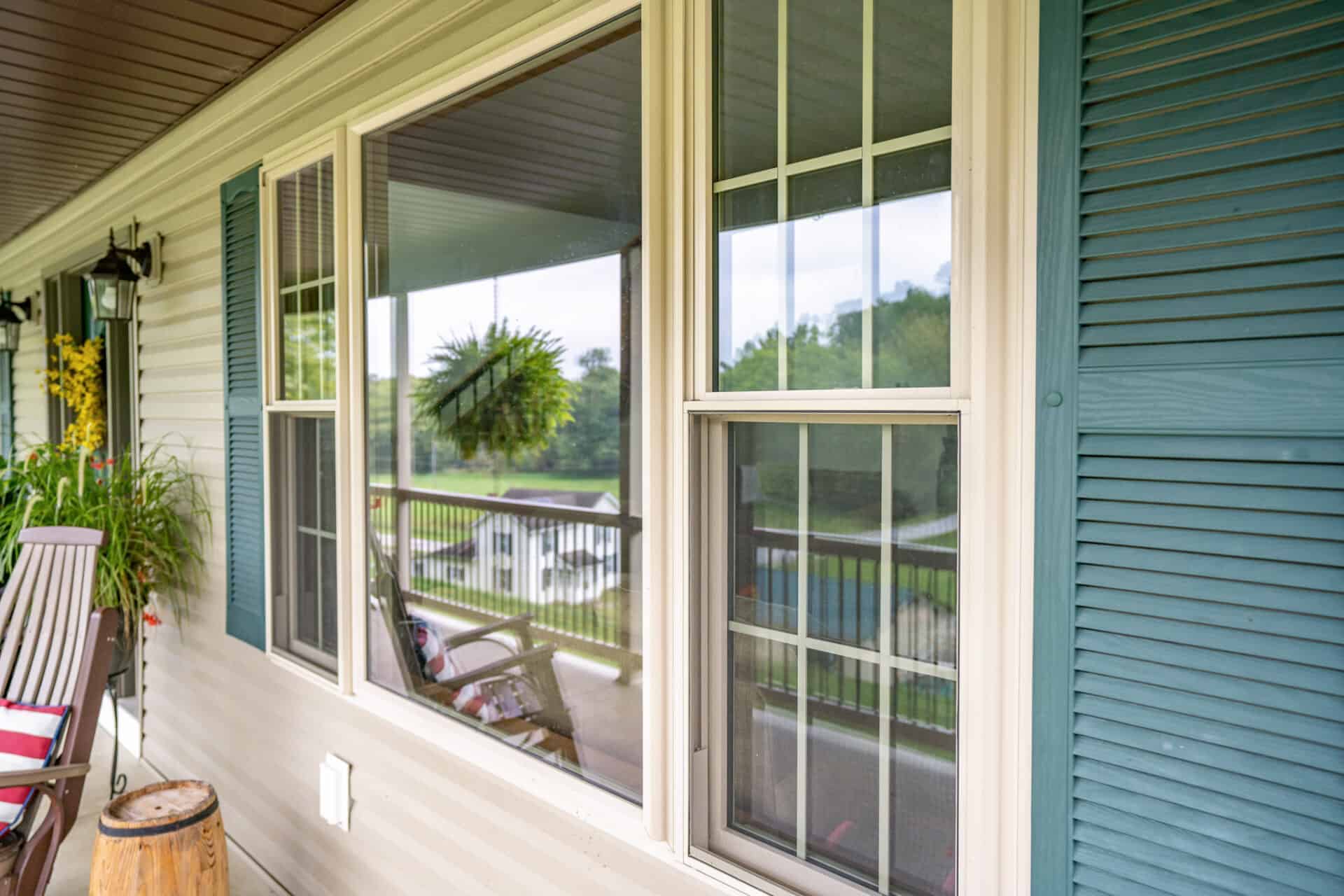
- Understanding the significance of window grids in architectural design
- The Origin of Grid Design: Tracing back the roots of window grids to ancient civilizations
- The Evolution of Grid Design: How window grids have transformed over the centuries
- Historical Grid Styles: Exploring popular grid designs from different eras

- The Influence of Modernism: How modern architecture has impacted grid design
- Contemporary Grid Styles: Analyzing the latest trends in grid design
- The Functionality of Grids: Understanding the practical purposes of window grids
- Aesthetic Considerations: How grid styles contribute to the overall look of a building
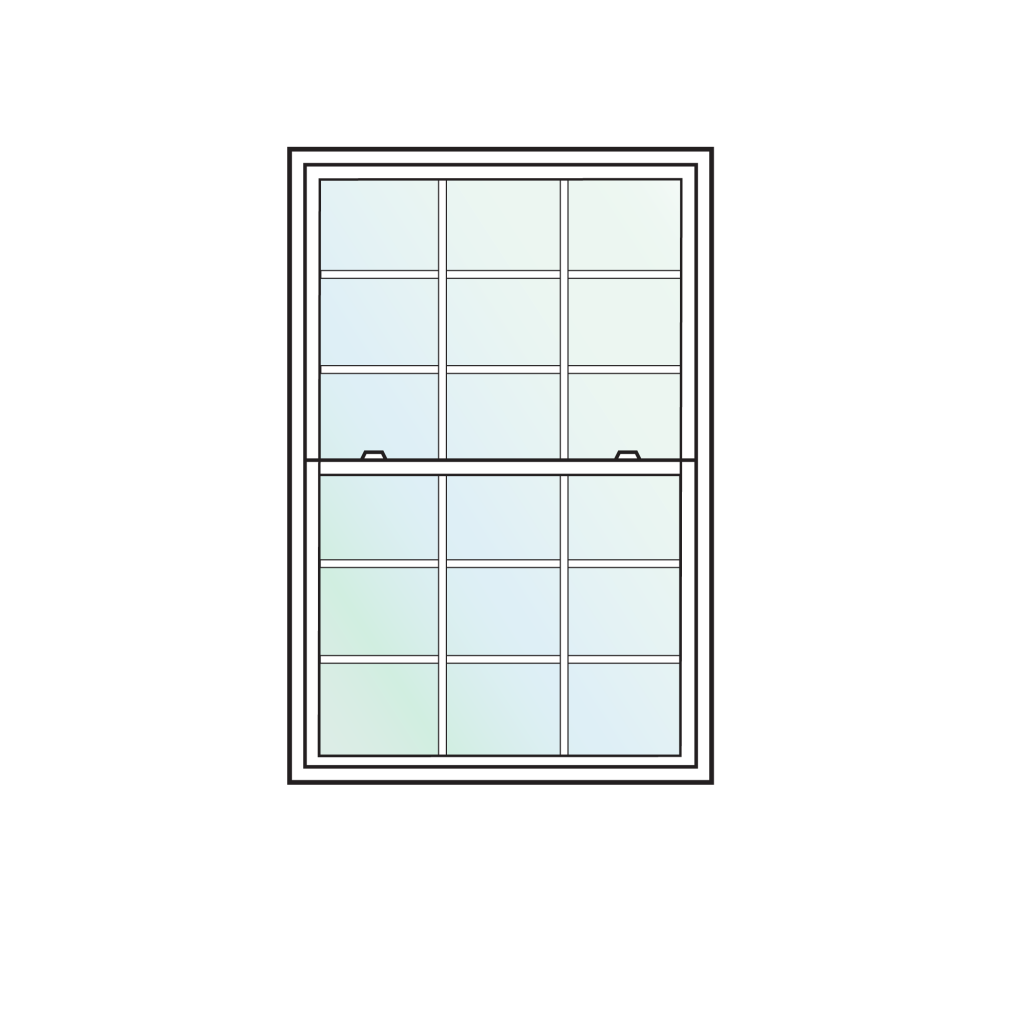
- Popular Window Grid Materials: Examining the different materials used in grid construction
- Choosing the Right Grid Style: Factors to consider when selecting a grid design
- Installation and Maintenance: Tips for installing and caring for window grids
- Conclusion: Embracing the timeless appeal of window grids in modern architecture
Choosing Between Grids and No Grids
Grids can add a touch of elegance and symmetry to your windows, especially if you have a traditional or Victorian-style home. They can enhance the architectural details and give your windows a classic, timeless look. On the other hand, if you prefer a more modern and minimalist aesthetic, no grids can provide a clean and unobstructed view that complements contemporary design.
Think about the style of your home and the overall look you want to achieve. If you have sash windows or casement windows, grids can enhance their charm and authenticity. For rectangular or symmetrical windows, grids can create a sense of balance and visual interest.
Consider the function of your windows as well. If you want to maximize natural light and airflow, no grids can provide a more open and expansive feel. However, if privacy is a concern or if you want to add an extra layer of security, grids can be a practical choice.
Lastly, think about the maintenance and cleaning aspect. Grids can require more time and effort to clean, especially if they have intricate designs or multiple panes. No grids, on the other hand, are generally easier to maintain and can be cleaned with a simple wipe.
In the end, the decision between grids and no grids comes down to personal preference and the specific needs of your home. Consider the style, function, and maintenance aspects before making your choice.
Guidelines for Consistent Window Design
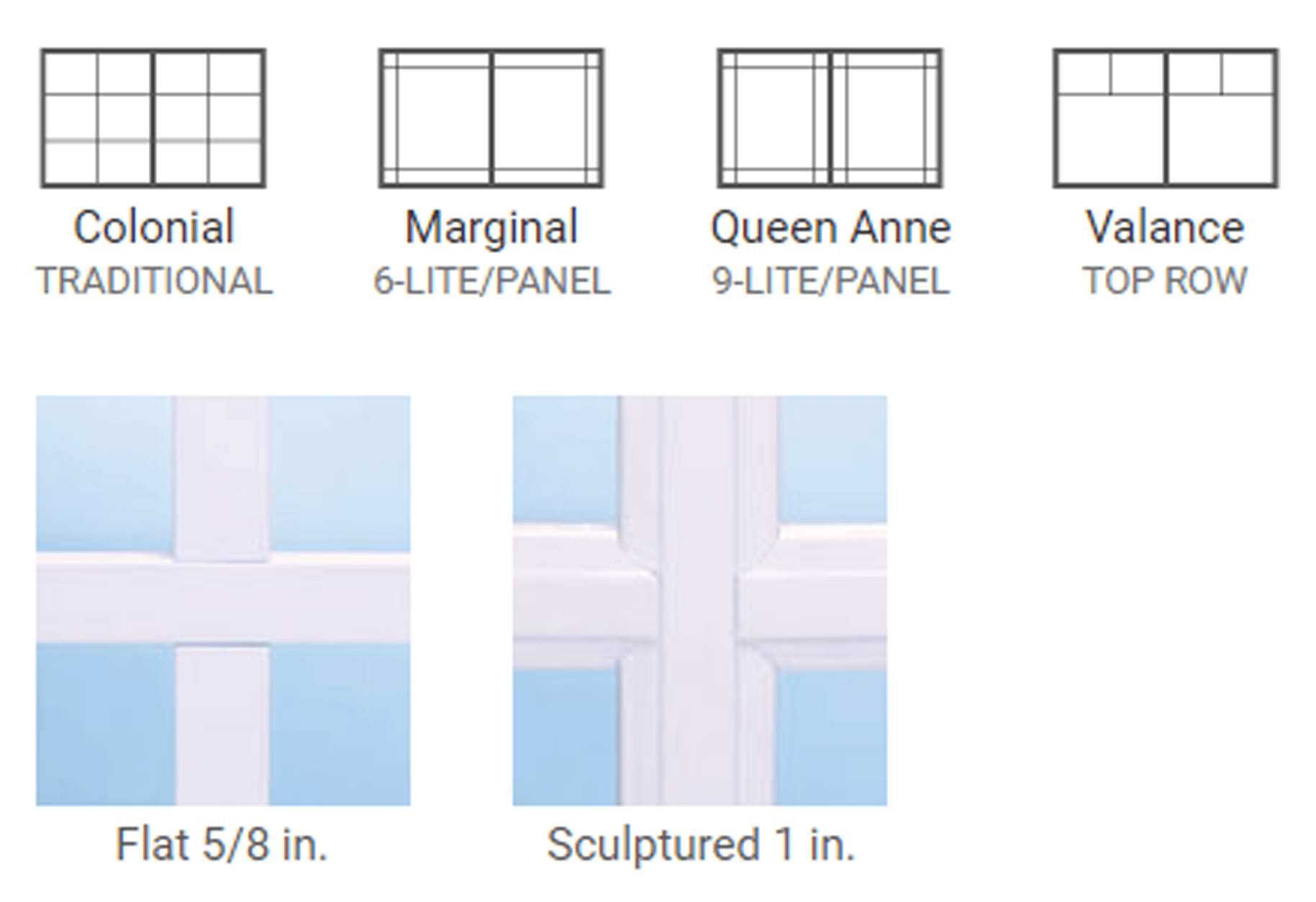
Consistency is key when it comes to window design, as it plays a significant role in the overall aesthetics of your home. Here are some guidelines to help you achieve a consistent and visually appealing look for your windows:
1. Consider the architectural style: Take into account the architectural style of your home, such as Victorian, American Craftsman, or modernist. This will inform your choice of window design and grille style.
2. Match grids to window shape: Ensure that the shape of the grids complements the shape of your windows. For example, rectangular windows often look best with grids that follow a similar rectangular pattern.
3. Coordinate with other elements: Coordinate the design of your window grids with other architectural elements in your home, such as doors, moldings, or crown moldings. This creates a cohesive and harmonious look.
4. Consider energy efficiency: If energy efficiency is a priority, opt for window designs that promote efficient energy use. Look for windows with double or triple glazing and low-emissivity coatings.
5. Balance aesthetics and functionality: Choose grille styles that not only enhance the visual appeal of your windows but also serve a functional purpose. For example, window shutters or transoms can add both beauty and functionality.
Matching Grid Patterns with Window Types
| Matching Grid Patterns with Window Types | |
|---|---|
| Window Type | Grid Pattern |
| Single Hung | No Grid |
| Double Hung | Colonial Grid |
| Sliding | Prairie Grid |
| Casement | Diamond Grid |
| Awning | Perimeter Grid |
| Bay or Bow | Custom Grid |
| Picture | Full Grid |
Enhancing Curb Appeal with the Right Grids
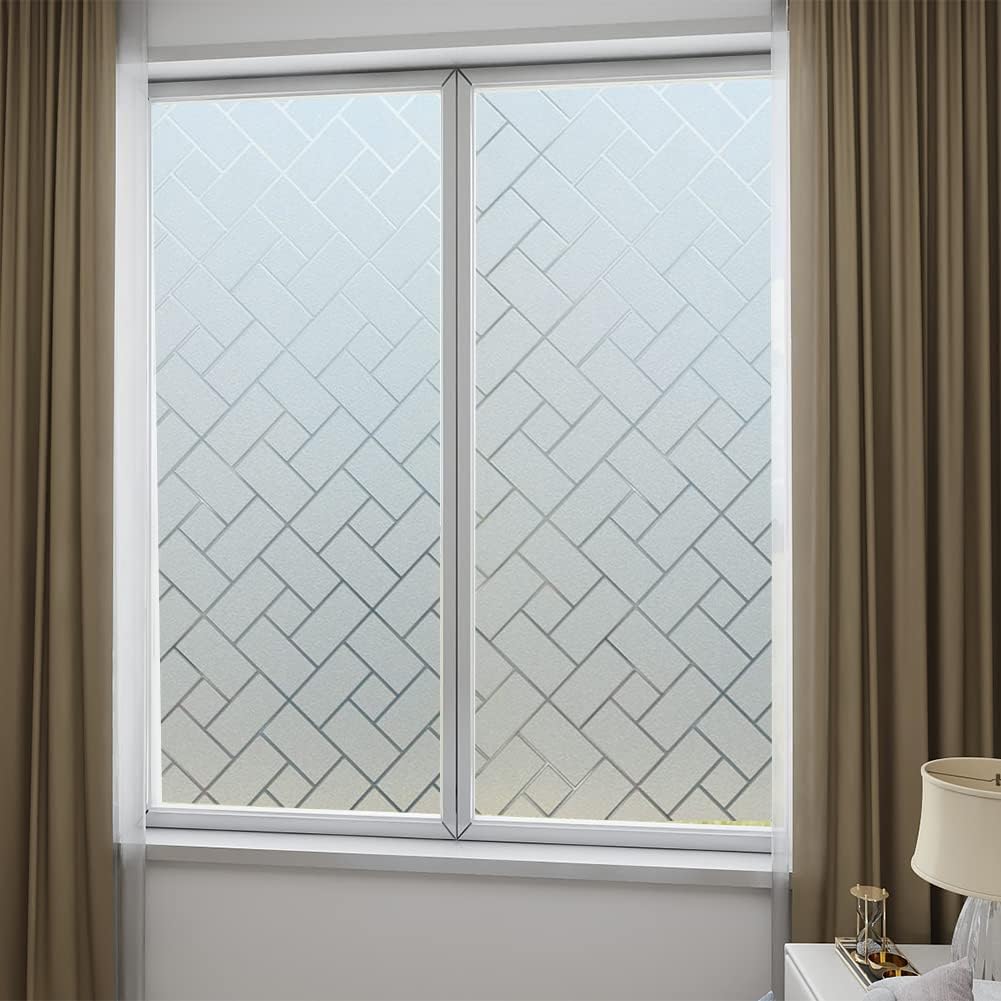
Enhancing the curb appeal of your home is easy when you choose the right grids for your windows. Window grids, also known as grilles, come in a variety of styles and can greatly enhance the overall look of your home’s exterior.
One popular style is the sash window grid, which features a rectangular shape and is commonly found in American Craftsman and Victorian architecture. These grids add a touch of elegance to any home and can be further enhanced with decorative molding.
Another option is the casement window grid, which is often associated with the Arts and Crafts movement. These grids feature a shadow line that adds depth and character to the window.
If you prefer a more minimalist or modern look, consider choosing windows without grids or with minimal grids. This clean and simple style can complement a variety of architectural styles, including modernism and minimalism.
When selecting window grids, consider the overall symmetry and balance of your home’s exterior. Choose grids that align with the architectural style and add visual interest without overwhelming the design.
In terms of materials, aluminum grids are a popular choice for their durability and low maintenance. They are also available in a variety of colors and finishes to match your home’s exterior.
To install window grids, use a putty knife to carefully remove any existing grids or adhesive. Once the grids are removed, clean the window thoroughly before attaching the new grids. Ensure proper alignment by measuring the window and marking the desired grid placement. Apply a small amount of adhesive to the back of each grid and press firmly onto the window. Use a level to make sure the grids are straight and allow the adhesive to dry completely before handling.
By choosing the right grids for your windows, you can greatly enhance the curb appeal of your home. Whether you prefer a traditional or modern look, there are grid styles available to suit your taste and complement your home’s architecture.
Customizing Grids to Reflect Personal Style
When it comes to customizing grids for your windows, you have the opportunity to reflect your personal style and enhance the overall look of your home. Here are some tips to help you achieve the desired effect.
1. Consider the style of your home: Take into account the architectural style of your home, whether it’s a traditional sash window or a modern casement window. This will guide you in choosing the appropriate grid design.
2. Choose the right shape: Rectangular grids are the most common, but you can also explore other shapes like diamond or arched grids to add a unique touch to your windows.
3. Experiment with different patterns: Play around with different grid patterns, such as horizontal or vertical lines, squares, or a combination of both. This will allow you to create a look that matches your personal taste.
4. Consider decorative molding: Adding decorative molding around the grids can give your windows a more refined and elegant appearance. Choose a molding style that complements your overall home decor.
5. Think about symmetry: While symmetrical grids provide a balanced and traditional look, asymmetrical grids can add a contemporary and artistic touch to your windows. Consider what suits your personal style.
6. Don’t forget about color: The color of the grids can greatly impact the overall look of your windows. Choose a color that complements the exterior of your home and enhances its curb appeal.
7. Consult a professional: If you’re unsure about the best grid design for your windows, consult a professional who specializes in window customization. They can provide expert advice based on your preferences and the architectural features of your home.
Considerations for Size, Type, and Color of Windows
- Size: Choose windows that are proportionate to the size of your home and the room they will be installed in.
- Type: Consider different types of windows, such as double-hung, casement, or picture windows, based on your specific needs and preferences.
- Color: Select a color that complements your home’s exterior and interior design, taking into account factors like the architectural style and existing color scheme.
- Energy Efficiency: Look for windows with high energy efficiency ratings to lower heating and cooling costs.
- Privacy: Determine the level of privacy you desire and choose windows accordingly, considering options like tinted glass or frosted patterns.
- Functionality: Evaluate how windows will function in terms of ventilation, ease of operation, and maintenance requirements.
- Material: Decide on the material for your windows, such as vinyl, wood, or fiberglass, based on factors like durability, aesthetics, and cost.
- Weather Resistance: Ensure that the windows you choose are suitable for your climate, providing adequate insulation and protection against elements like wind, rain, and UV rays.
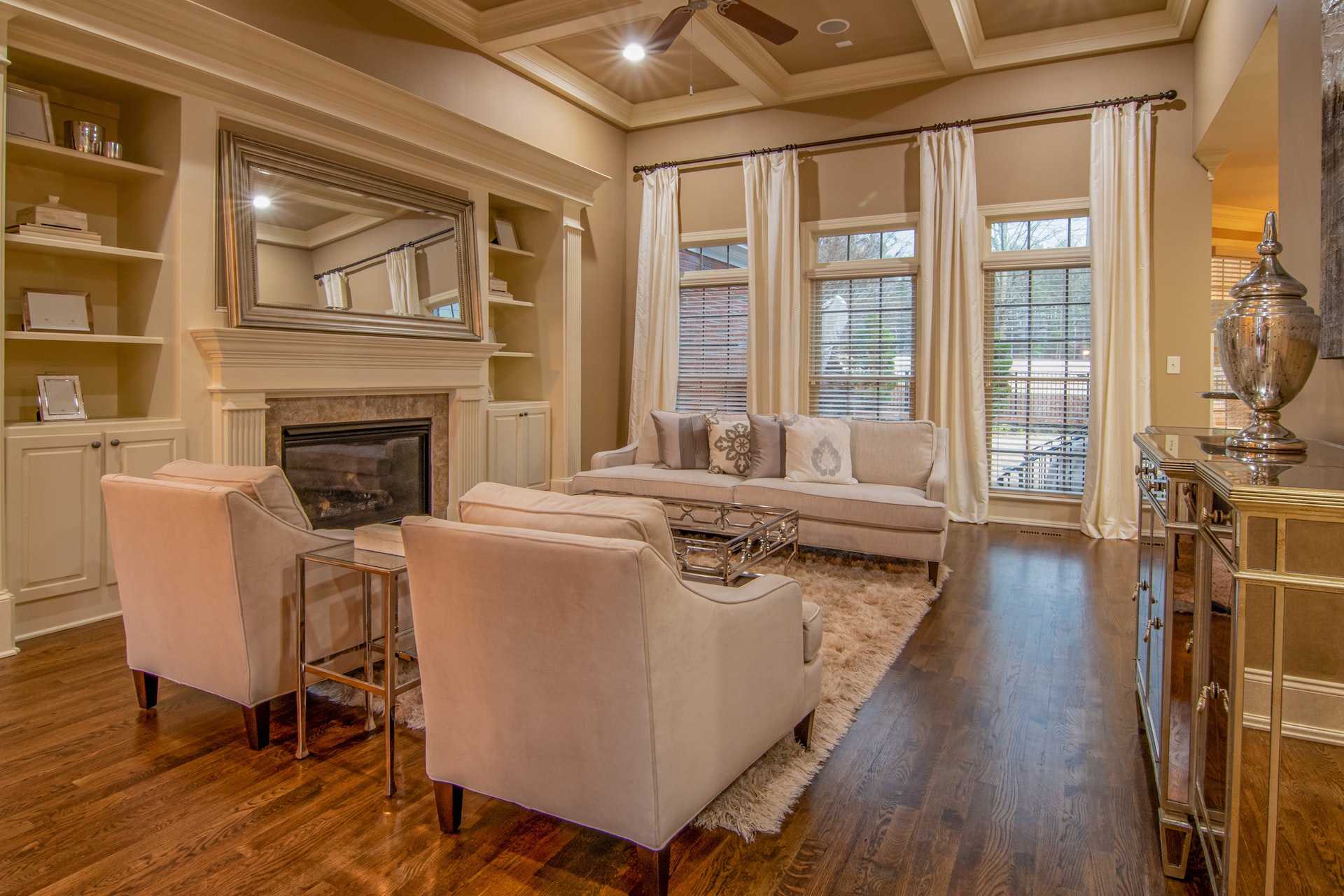
- Budget: Set a budget and explore window options that align with your financial constraints without compromising on quality.
- Local Regulations: Familiarize yourself with any local regulations or building codes that may dictate window specifications, such as safety requirements or historic preservation guidelines.
F.A.Q.
Are windows with grids in style?
Windows with grids are in style. They are essential for certain types of architecture and add design interest to homes, particularly in traditional, colonial, farmhouse, and craftsman design.
What do you call windows with grids?
Windows with grids are commonly referred to as window grids, grilles, or muntins.
Are windows with grids more expensive?
Windows with grids can be more expensive than windows without grids. The cost of grids, grilles, or divided lights can range from an additional $25 to $50 per window, or sometimes priced per sash.

